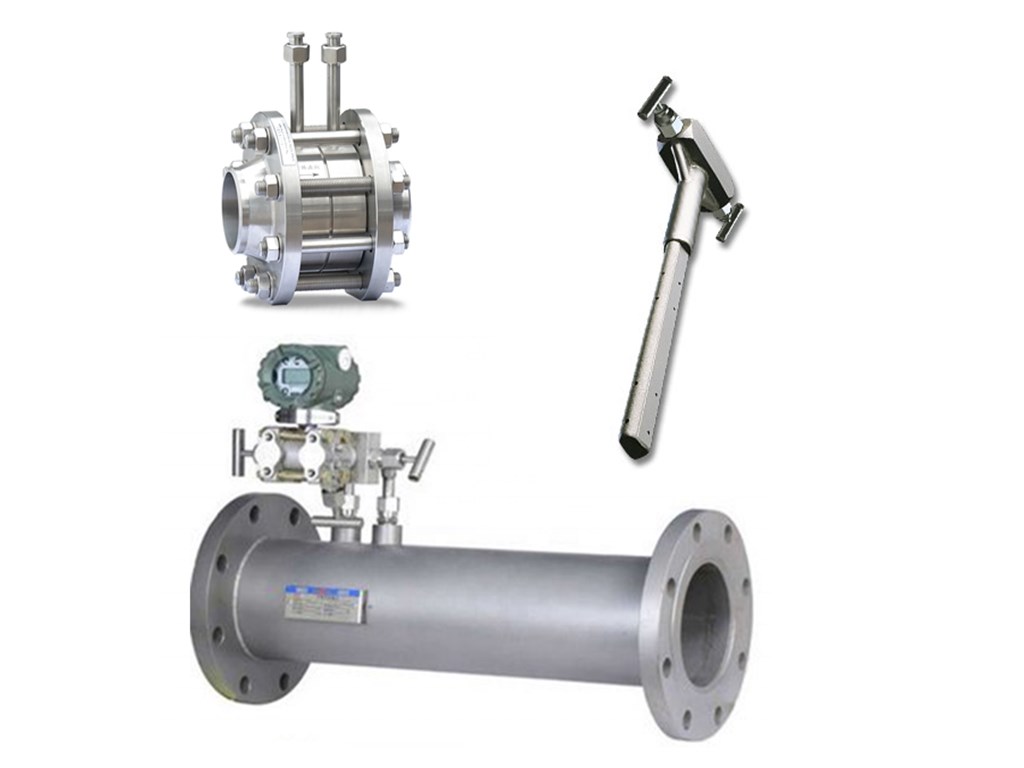As process temperatures increase in industries like oil & gas recovery, power generation, and metals processing, high temperature pressure sensors enable critical monitoring where conventional sensors cannot withstand the heat. Recent innovations now allow many pressure-monitoring applications above 500°C/932°F – expanding usage of these vital sensors.
high temperature resistant pressure transmitter occurs due to the absence of cavities and ledges in the structure. These capabilities for digital data capture provide real-time insights into processes, which are essential for quality control. Real-time insights into processes are essential for quality control.
During engine testing, sensors are utilized to measure the pressure inside the cylinders while the engine is operating to evaluate the quality of the combustion. To detect rapid pressure pulsations, sensors with response frequencies greater than 500 kHz are required.
These two choices are both open to consideration. Additionally, integrated pulse and current outputs make tri clamp flow meter possible to remotely monitor production parameters; this is accomplished through the utilization of remote monitoring. The IP65 sensor protection may be able to withstand high-pressure washdowns that are carried out on a regular basis. This is a possibility that can be considered.

The working principle of radar level transmitters involves emitting electromagnetic pulses from an antenna at the desired measurement frequency. These pulses strike the material surface and are reflected back, allowing the time of flight between emission and reception to be calculated as a measurement of the distance to the surface. By selecting an appropriate antenna diameter ranging from 21mm to 76mm, and a beam angle as tight as 3 degrees, radar energy can be focused for optimal measurement performance.
Because liquid streams vary greatly from one industry to another and even within plants, Sanitary flow meter is essential to have versatility in order to meet the demands of multiple industries. Magnetic, ultrasonic, and turbine measurement technologies are some of the alternatives that Sino-insts provides in order to manage common media such as water, juices, oils, acids, and other substances. These technologies have a flowing accuracy that can reach up to 0.25% across a wide range of turndown positions. The outputs are compatible with any automation infrastructure that is currently in place because they make use of fieldbus, analog, or pulse signals.
